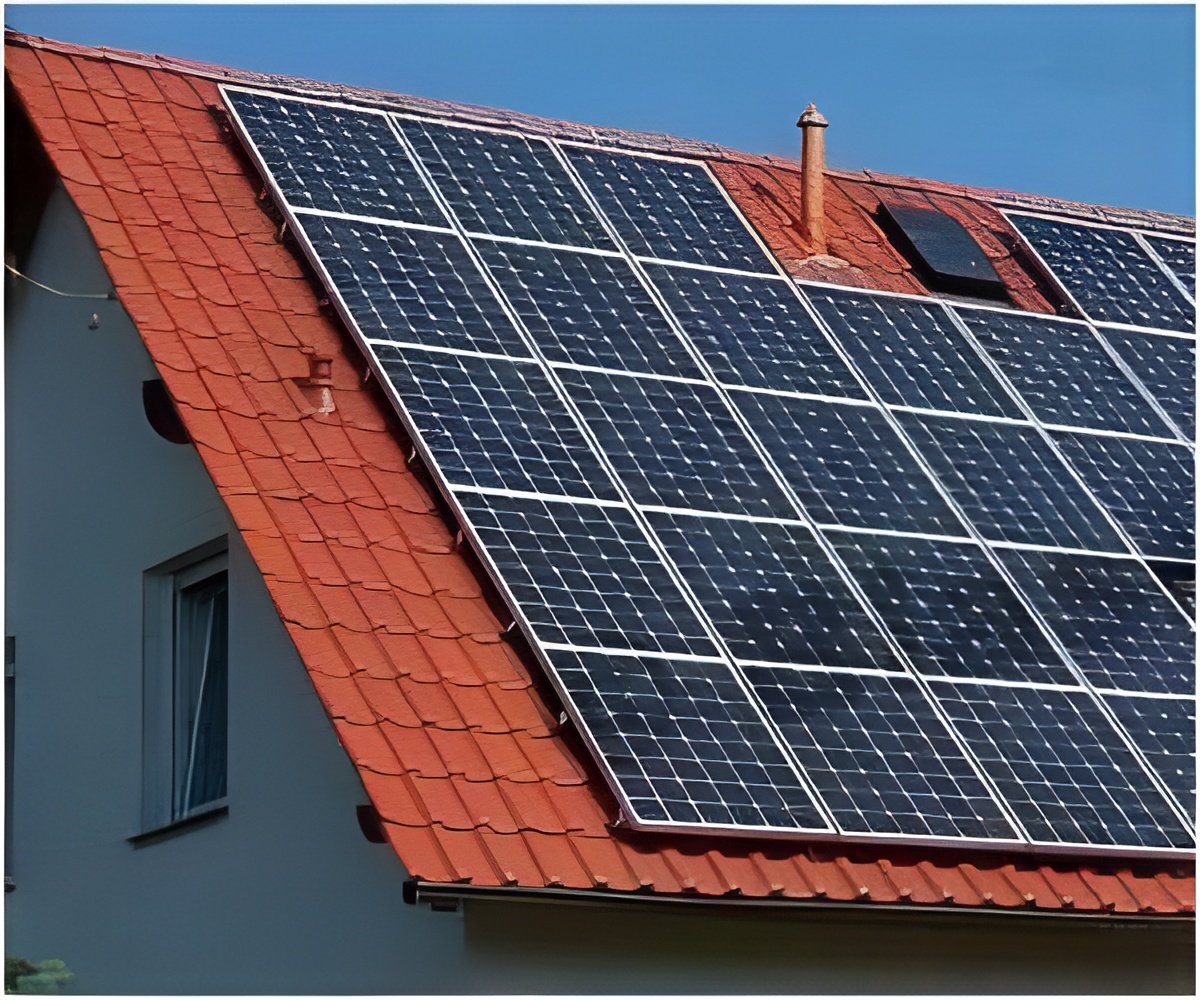
“By incorporating power-producing nanoparticles, called quantum dots, into a spreadable compound, we’ve made a one-coat solar paint that can be applied to any conductive surface without special equipment.”
The team’s search for the new material, described in the journal ACS Nano, centered on nano-sized particles of titanium dioxide, which were coated with either cadmium sulfide or cadmium selenide. The particles were then suspended in a water-alcohol mixture to create a paste.
When the paste was brushed onto a transparent conducting material and exposed to light, it created electricity.
“The best light-to-energy conversion efficiency we’ve reached so far is 1 percent, which is well behind the usual 10 to 15 percent efficiency of commercial silicon solar cells,” explains Kamat.
“But this paint can be made cheaply and in large quantities. If we can improve the efficiency somewhat, we may be able to make a real difference in meeting energy needs in the future.”
Advertisement
Kamat and his team also plan to study ways to improve the stability of the new material.
Advertisement
Dr.Alexander Balandin, Chair of the Materials Science and Engineering (MS&E) program at the University of California–Riverside, said recently: "Research is being done to achieve better control of electron interaction with photons, which could lead to much more efficient and less expensive photovoltaic solar cells. This not only benefits existing solar applications, but in the future these nanomaterials could be commercialized as a solar paint that is sprayed on homes and buildings, forever changing the dynamics of our existing electrical grid."
style="mso-special-character: line-break">
Source-Medindia






